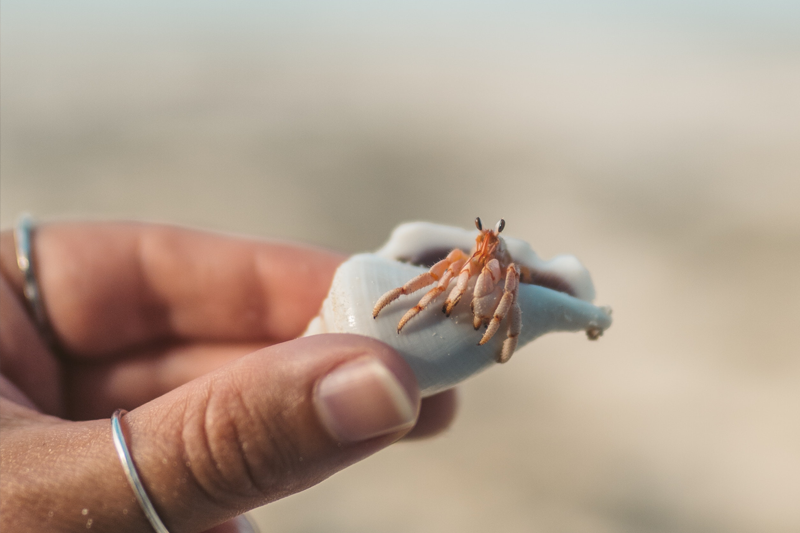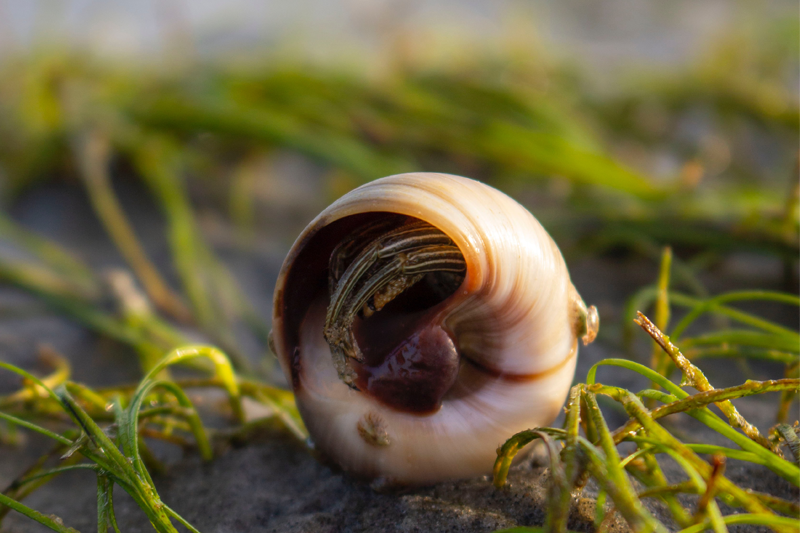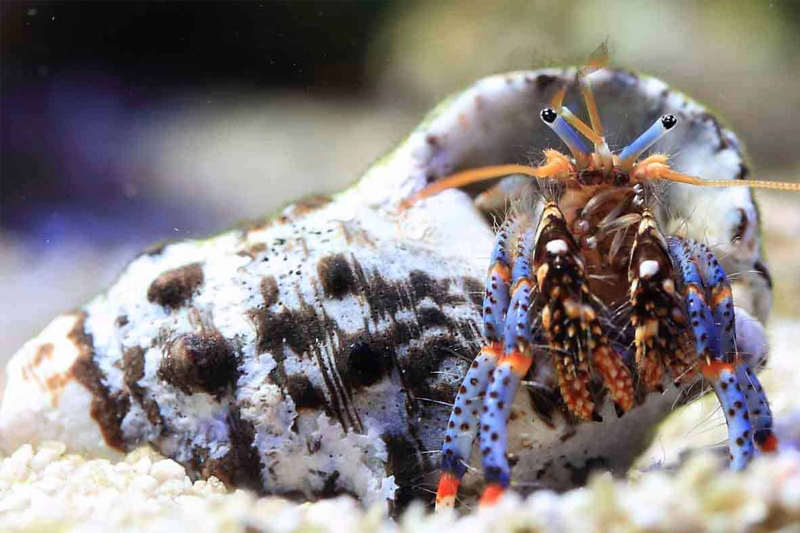The hermit crab lifecycle is fascinating and involves several stages of development. Here’s an overview of the typical lifecycle of hermit crabs:
- Egg Stage:
- The lifecycle begins when adult female hermit crabs lay eggs. These eggs are usually carried in a mass attached to the female’s abdomen until hatching occurs.
- Larval Stage:
- Once the eggs hatch, tiny larvae known as zoea are released into the water. These microscopic larvae drift in the ocean currents, undergoing several molts as they develop.
- Megalopa Stage:
- After several molts, the zoea transform into megalopae, a more crab-like stage. Megalopae settle to the ocean floor, where they undergo another molt to become juvenile hermit crabs.
- Juvenile Stage:
- The juvenile hermit crabs are small and vulnerable, often relying on empty gastropod shells for protection. They will continue to grow and molt their exoskeletons as they mature.
- Adult Stage:
- As hermit crabs grow, they periodically outgrow their shells and must find larger ones to accommodate their size. This behavior, known as shell swapping, continues throughout their lives.
- Reproductive Maturity:
- Once hermit crabs reach reproductive maturity, usually after several molts, they can mate and reproduce, continuing the lifecycle.
In captivity, pet hermit crabs might not exhibit the complete natural lifecycle due to differences in environmental conditions, availability of suitable mates, and other factors. Most hermit crabs available in the pet trade are already in the juvenile or adult stages when acquired. Providing a proper habitat with appropriate conditions, including a variety of shell options, helps support their health and well-being in captivity.





